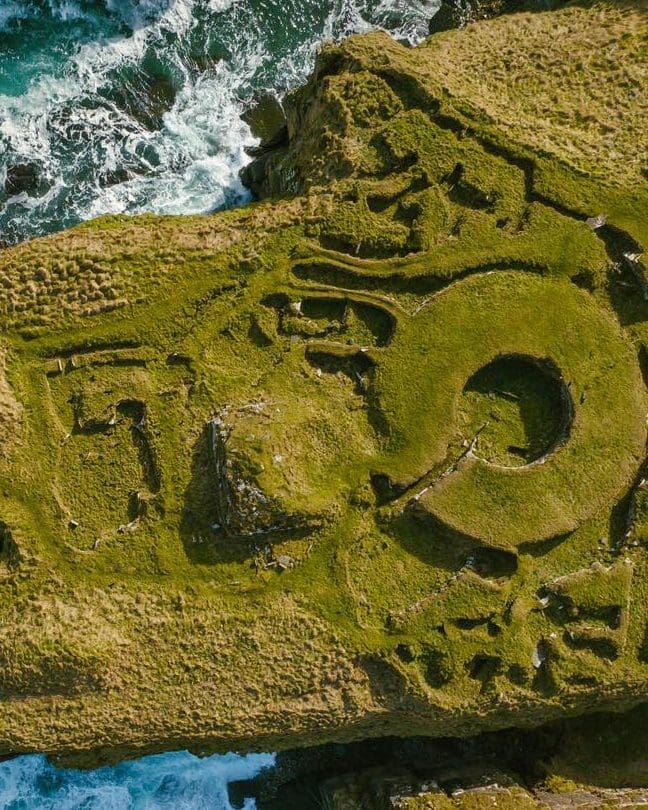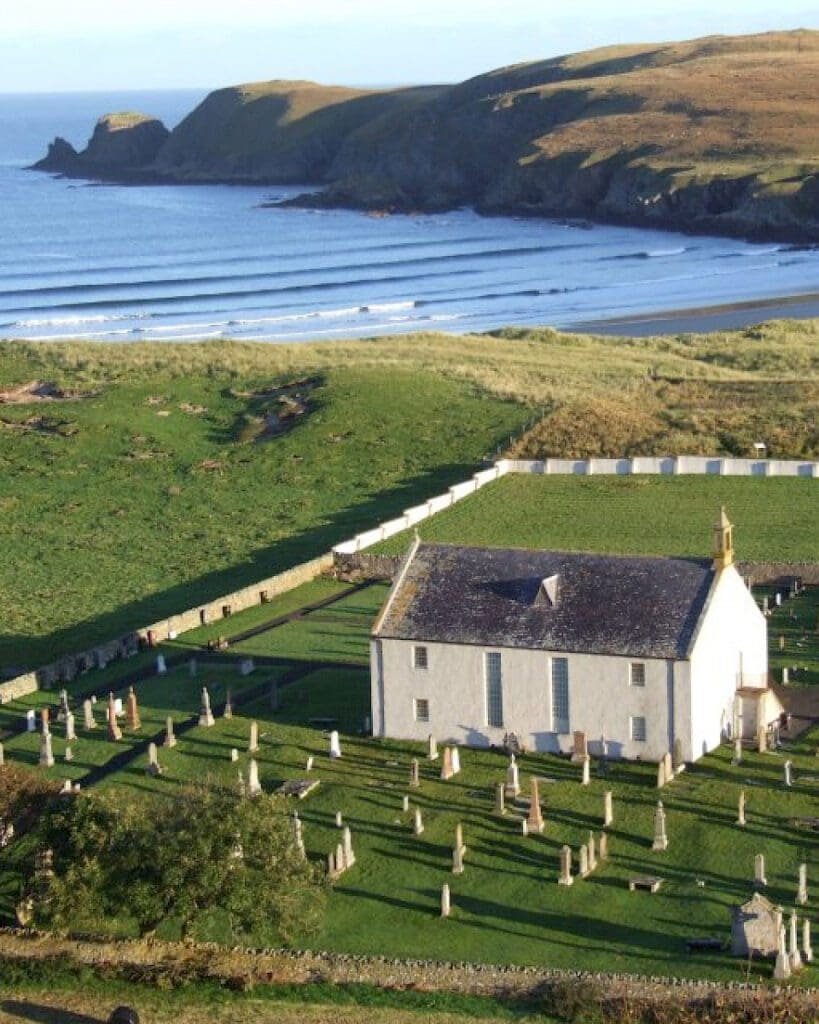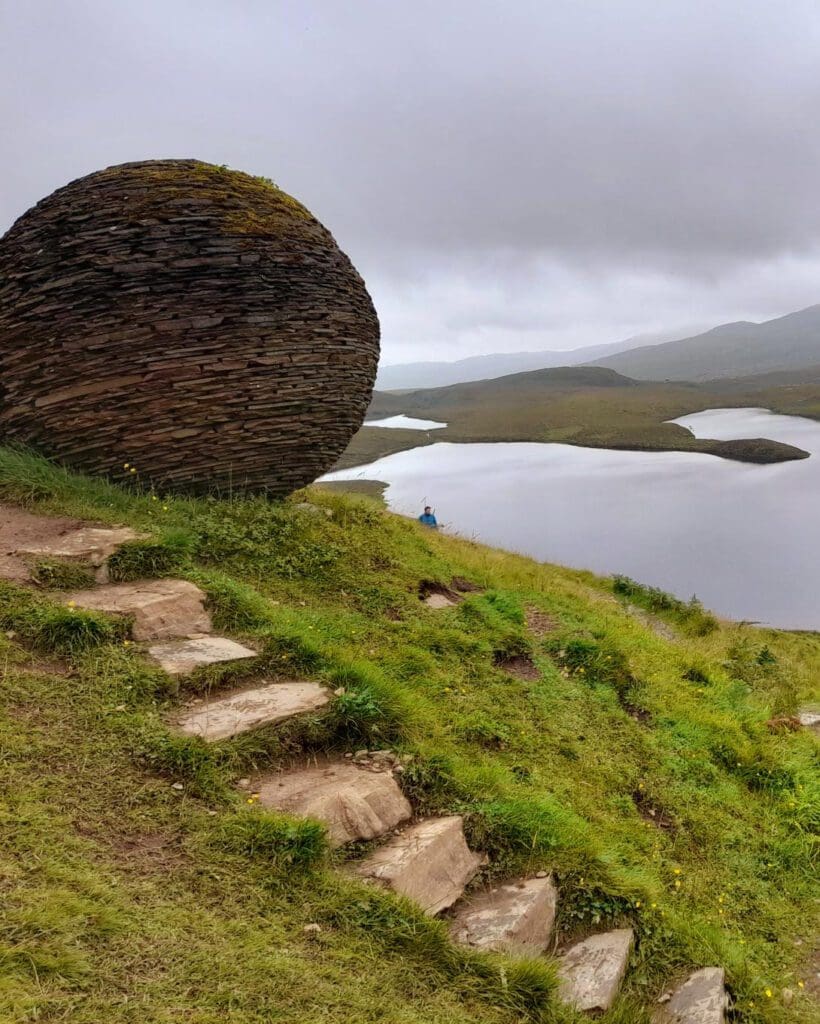Kylesku Bridge
Venture out on the ultimate road trip
The North Coast 500 is a spectacular 500-mile journey through some of Scotland’s most breathtaking landscapes. Nearly half of the route winds through the rugged beauty of Sutherland and Caithness, offering endless opportunities for exploration. Discover the authentic Highlands beyond the tour books.

More than a road trip
The NC500 is one of the world's most stunning drives - but the real adventure lies off the beaten track. For a true taste of the Highlands, choose a 'home from home' in one of our picturesque towns and villages. Slow down, breathe deep and make the time to explore. Ours is an area that's meant to be savoured.
Loch Assynt – VisitScotland / Airborne Lens
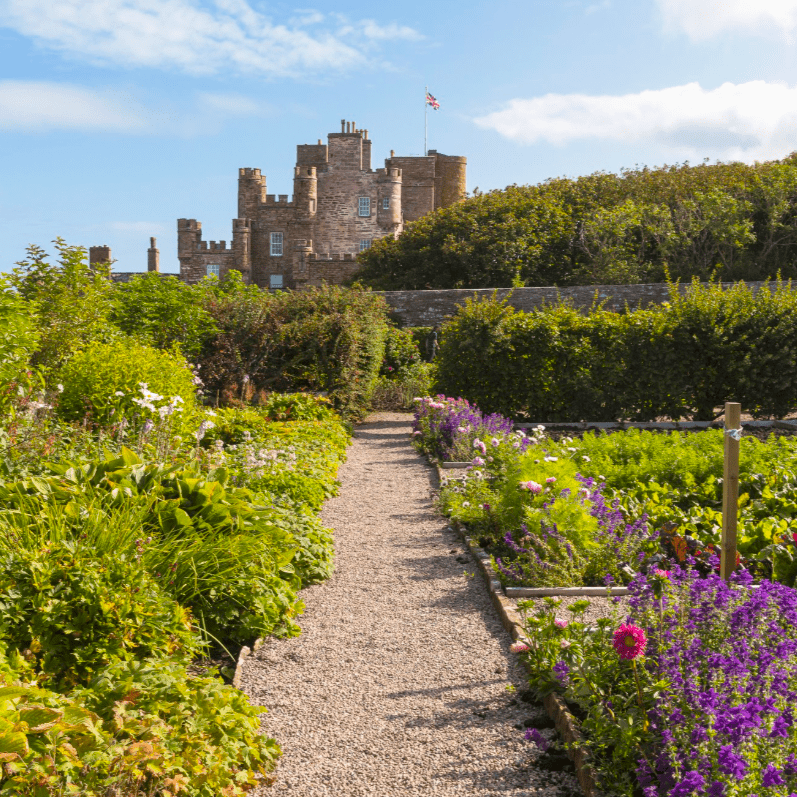
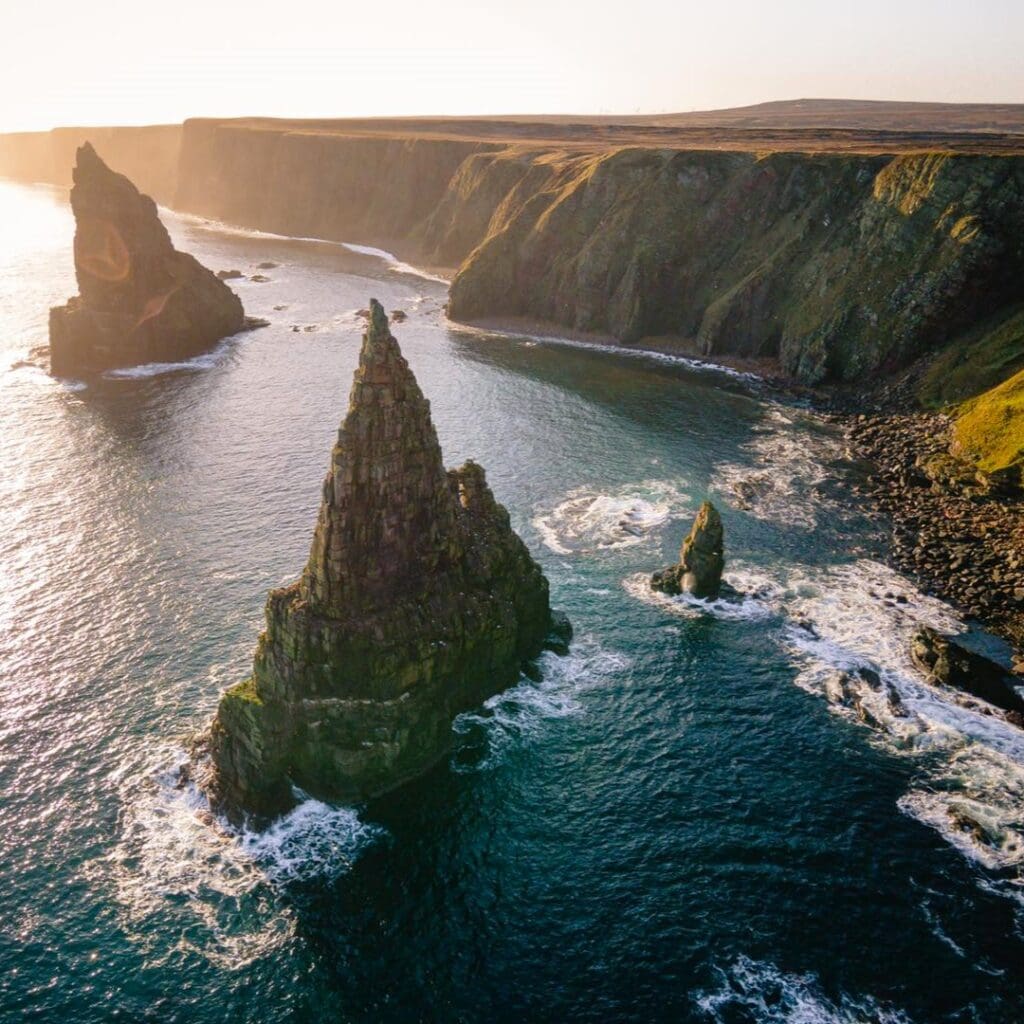
Top tips for travelling on the NC500
The North Coast 500 is an unforgettable way to discover the Highlands. Whether you want adrenaline-packed outdoor adventures or a peaceful escape to nature, the experience stays with you long after the visit ends. Here’s some need-to-know tips for this iconic journey.
Embrace mindful travel
We can’t wait to welcome you to our beautiful north coast. Highland hospitality is legendary, but with that popularity comes a responsibility to our people and planet. The NC500 has launched the Visitor Pledge to encourage sustainable tourism. We ask that you enjoy the route responsibly and respectfully.
Think local
The best way to experience Caithness and Sutherland is to take your time. Find a base for your visit – we’ve shared some favourites below – and start exploring. Our local people have a wealth of knowledge and craic (stories) to share. Discover local artisans, working crofts, community experiences and history that has been passed down through generations. Linger longer – and you may find you never want to leave.
Plan ahead
Sutherland and Caithness is home to some of the most spectacular scenery on the NC500, but these are not your average roads. They twist and wind through valleys and mountains, and often in harsh weather conditions. Visit Road Safety Scotland for advice on driving on the left, single-track roads and passing places. Our FAQs below also offer helpful advice, particularly around the Scottish Outdoor Access Code and responsible camping. Plan your journey, and enjoy the ride.
Whether this is your first visit, or your 500th, there is always something new to discover.
Kyle of Tongue, North Sutherland
NC500 Highlights
Enjoy the rich and varied landscape of the North Coast 500 - from rugged mountains and stunning coastlines to sandy beaches and tranquil forests.

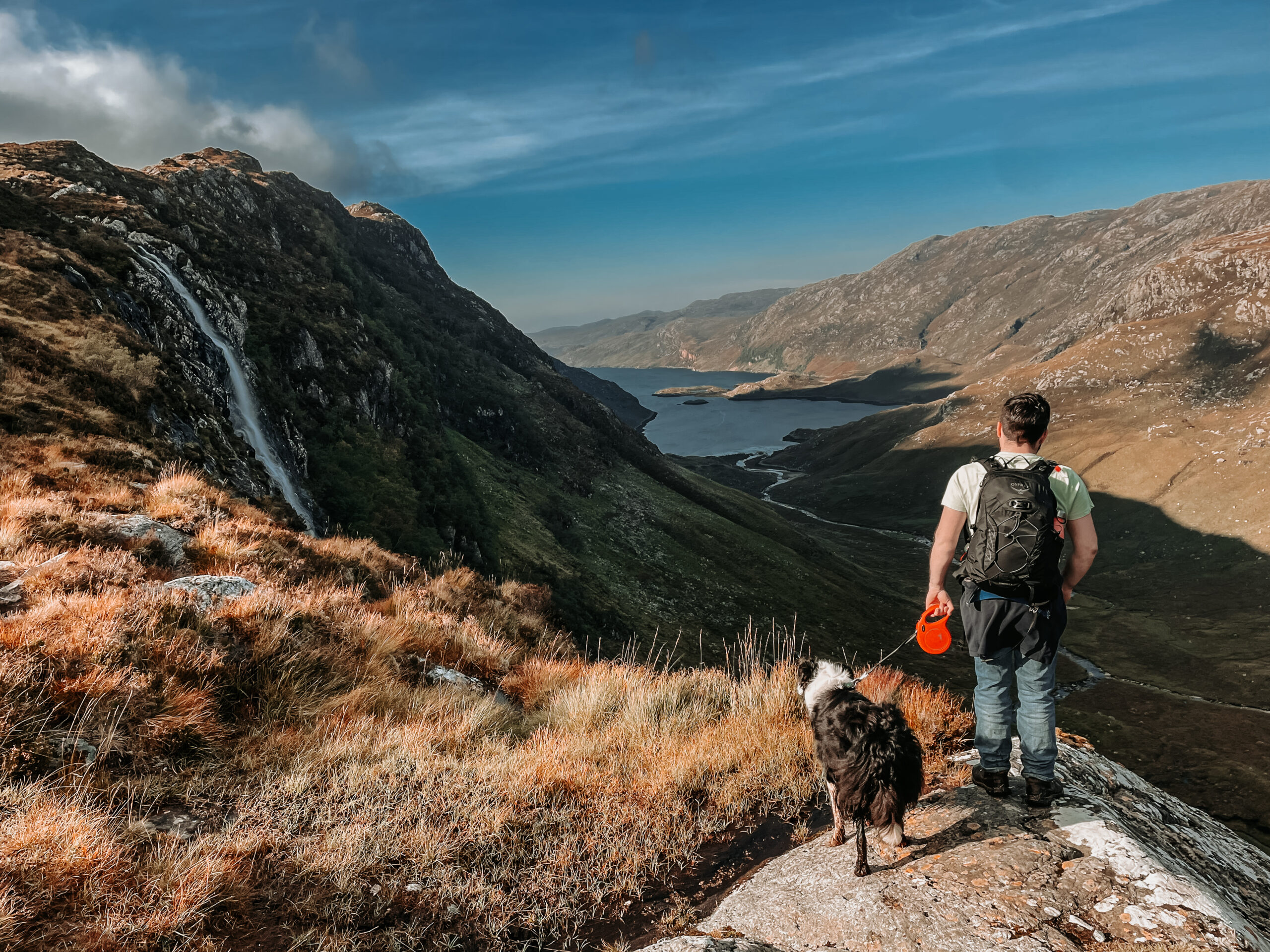
Get ready for an adventure in the North Highlands that takes you off the NC500 beaten track, with activities that combine adrenaline and authentic outdoor experiences amid some of the UK’s most stunning natural scenery. Discover hidden trails and remote lochs by cycling, hiking, or paddle boarding, or enjoy the quiet challenge of fly fishing in pristine rivers. Join local guides for hands-on activities and learn new skills such as axe throwing, clay pigeon shooting, or mountain biking.
Follow our four-day itinerary designed to help you discover the very best adventure activities on the NC500. Reconnect with family and friends, and at the end of each day, you’ll be ready to do it all again tomorrow.
Helpful information for your NC500 journey
The North Coast 500 is exceptional at all times of the year. In general, the route tends to be busier in the summer and quieter in spring, autumn and winter. If you are looking to escape the crowds, we recommend travelling outside of the summer months, and booking accommodation in advance regardless of when you plan to visit.
Each season brings its own unique experience:
Spring (March to May) sees newly-born lambs and cattle, nesting birds arriving on the cliffs, and spring flowers emerging. The weather can be a little unpredictable and, it’s not unusual to get all four seasons in one day!
Summer (June to August) brings endless days, where it never truly becomes dark. June and early July are the best time to spot puffins, but summer also brings midges, so come prepared.
Autumn (September to November) has stunning colours, whether in the leaves on the trees or during sunrises and sunsets. The air becomes crisp and cool – perfect for stargazing in our dark skies.
Winter (December to February) is a quieter time due to shortened hours of daylight, but snowy Highland scenes are truly magical. Our dark skies and often lit up by the Northern Lights, and warm hospitality is never far away.
The weather on the North Coast 500 can vary dramatically depending on the time of year and even which side of the coast you are on. The west coast tends to have more dramatic weather and storms, while the east coast tends to be more sheltered and settled.
It’s best to pack for all seasons in the North Highlands – it’s not unusual to have snow flurries as late as May or June and even in the height of summer you can’t guarantee sunshine.
However, as the locals say: if you don’t like the weather just wait 5 minutes, and it will change again! Come prepared, and embrace the seasons.
The more time, the better! There’s so much to see and do both on the route itself and in the detours begging to be discovered.
As a rough guide, we recommend taking at least 7 days to meaningfully explore the North Coast 500. You will have to make some tricky choices about what to see and what to miss but tailoring your visit to your interests will ensure that you get the most out of your holiday.
A great way to explore the North Coast is to base yourself in one or two central locations rather than moving around each night. Combining a comfortable base with day trips allows you to make the most of your holiday time without the hassle of packing! There is so much to see and do in Caithness and Sutherland, we are sure you’ll want to return time after time to explore the region, experience the changing seasons and immerse yourself in our stunning Highland culture and landscapes.
The North Coast 500 is hugely popular with families, including your four-legged friend!
The area is very family friendly – whether you want to build sandcastles on the beach, go alpaca trekking, splash around on paddle boards, cycle on scenic trails or visit some of our family-friendly museums – you won’t be bored.
Local accommodation and attractions will offer the best advice for family visits, so don’t hesitate to ask questions – your best memories might be just around the corner.
Well-behaved pets are also welcome across a huge number of attractions and accommodation in the North Highlands. In fact, this is one of the best playgrounds for your canine companions, and our resident Venture North pup Rab shares the best Sutherland spots in our dog-friendly itinerary. The Scottish Outdoor Access Code has helpful advice on responsible visiting with pets.
Most people drive or cycle the NC500. You can use buses and trains to travel from Inverness, but it’s not possible to fully explore the NC500 on public transport.
That said, there are some stunning journeys by rail. The Far North Line transports visitors along the east and central north Highlands from Inverness to Wick and Thurso, taking in many pictureque sights along the way.
Buses also connect Inverness and Durness via Lairg, and Wick/Thurso. Local bus services are available across the region, but they may only run on certain days. See our Travel to the North page for more information and links to operators in Caithness and Surtherland.
The North Coast 500 route through Sutherland and Caithness is largely suitable for motorhomes, campervans and towing caravans. However, some smaller roads off the NC500 are marked as unsuitable and you should never attempt to travel these roads unless you are in a car. Please take the time to carefully plan ahead according to the road conditions and your driving confidence.
If you plan to stay overnight in your own vehicle you should always aim to stay at a designated caravan park or campsite with appropriate facilities. Camping overnight in a vehicle does not come under the classification of wild camping.
Wild camping refers to lightweight camping in tents, in small numbers, for no more than two or three nights in one place. For advice on wild camping follow the Scottish Outdoor Access Code.
The North Highlands boasts a wide range of fantastic campsites in stunning locations, perfect for camping, glamping, caravans, campervans, and motorhomes. Wake up to some of the most breathtaking views in Scotland while enjoying the comfort of warm showers and excellent facilities. For more details, check out our accommodation page for the best options along the NC500.
Some guidelines for wild campers:
- Camp at a distance from any dwellings or roads
- Leave no trace – take all litter, waste and belongings with you
- Use a camping stove, not an open campfire
- Follow all local advice to prevent fires
- Use public toilets where possible
- Have respect for others and a high regard for safety
Please don’t:
- Camp in enclosed fields or working land – such as crops or livestock
- Light an open fire – such as campfires, BBQs or fire bowls
- Cut down or damage trees
- Cause damage or obstructions to property – such as blocking an access route
If you choose to park at an undesignated site, please follow all of the wild camping guidelines above and ensure that you leave no trace of your visit.
For further information, read the Scottish Outdoor Access Code.
Midges are very small flying insects which bite to feed on wildlife, livestock and humans. They often swarm in their thousands so it is very difficult to avoid them in areas with ideal midge conditions. There are usually midges on the North Coast 500 in the warmer months, and they tend to be found in wild and boggy areas. You may find that there are more midges on the west coast than the east coast.
While annoying, midges are relatively harmless and do not carry diseases. However, their bites can be itchy and people with allergies may have a stronger reaction.
Here are some useful tips for fending off midges:
- Travel at a cooler time of year when there are less midges
- Wearing midge hats or suits
- Cover up as much skin as possible with clothing
- Use an insect repellent
- Burn insect-repellent candles (where appropriate)
- Stay indoors at times of day when they are at their worst
An insect that has more potential to be dangerous in the Scottish Highlands is the tick. Click here for more information on ticks and Lyme’s disease.
We’ve got good news
We think the North Highlands is paradise on our doorsteps - but don't take our word for it! Check out our blog pages for visitor reviews, suggested itineraries and adventures waiting to be discovered.


